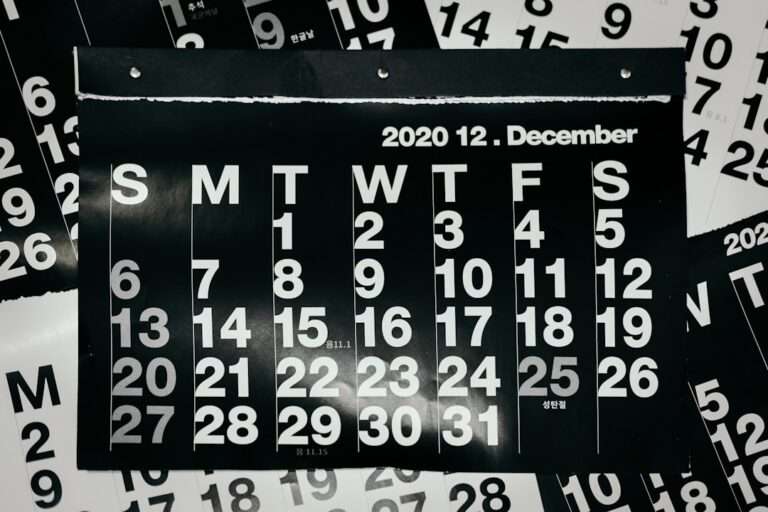What role do symbols play in contemporary literature?

For centuries, symbols have been an essential component of literature, acting as powerful instruments to communicate complex ideas and deeper meanings. Symbols are used more frequently in modern literature as authors try to delve deeper into readers’ minds and illuminate the complexities of the human condition. Incorporating recurrent themes, cultural allusions, and historical symbols, contemporary literature possesses multiple levels of meaning that entice readers to explore the text further and reveal unearthed realities.
Key Takeaways
- Symbols in contemporary literature serve as powerful tools for conveying deeper meanings and themes.
- They are used to explore complex ideas and themes, adding layers of depth and complexity to the narrative.
- Symbols also play a crucial role in character development, providing insight into the inner workings of the characters.
- They contribute to creating atmosphere and setting, enhancing the overall mood and tone of the story.
- The interpretation of symbols by readers is subjective and can vary, adding to the richness and diversity of the reading experience.
Symbols are frequently used by contemporary writers to subvert established literary tropes & push the limits of narrative. Their use of symbols allows them to tell complex stories that compel readers to interact with the text more deeply. In modern literature, symbols can take many different forms.
For example, symbols can be historical images that symbolize larger societal issues or recurrent images that metaphorically represent a character’s internal conflict. By creating a link between the reader and the text, these symbols promote interpretation and analysis. The role that symbols play in character development, the way they explore complex themes and ideas, the way they contribute to atmosphere and setting, and the ways that readers interact with and understand symbols in modern literature will all be covered in this article. The Significance of Signs. In modern literature, symbols are essential to meaning-conveying.
They enable writers to convey difficult subjects and feelings in a way that connects with readers more deeply by acting as a conceptual or visual representation of abstract concepts. Symbols offer a rich tapestry of meaning that enhances the reading experience, whether they are a recurrent motif that symbolizes time passing or a cultural symbol that reflects the complexity of identity. Universal Verses and Social Analysis. Symbols are frequently used to explore the human condition and communicate universal truths in contemporary literature. Through the use of common cultural & historical symbols, writers can establish a rapport with their audience, encouraging them to consider their own viewpoints and experiences. In addition, symbols can be used to comment on broader societal themes & prompt readers to think about how these ideas might apply to their own lives.
Stories with Multiple Layers. By utilizing symbols, modern writers are able to craft a multi-layered story that entices readers to interact with the text more deeply, revealing secrets and realities that linger long after the last page is turned. Complex themes and ideas are frequently tackled in contemporary literature, and symbols are useful tools for illuminating these subtleties. Symbols give writers a rich vocabulary with which to express deeper meanings & elicit thought, whether they are used to illustrate the passage of time through the use of natural elements or to explore questions of faith and spirituality through the incorporation of religious symbols. In modern literature, symbols are frequently employed to cast doubt on established narratives and present fresh angles on well-known subjects.
Authors are able to craft a story that challenges readers’ preconceptions and encourages them to think beyond the box by utilizing symbols that defy expectations & conventional wisdom. Through the use of unconventional symbols and subversive imagery, modern literature pushes the boundaries of storytelling and encourages readers to interact with texts in novel and unexpected ways. Symbols are essential to the character development of modern literature because they shed light on the intricacies and inner conflicts of the human condition. Symbols provide writers a potent tool for exploring the depths of their characters’ inner worlds, whether it’s through the use of reoccurring motifs to reflect a character’s emotional journey or the incorporation of cultural symbols to explore questions of identity.
Symbols are frequently used by characters in modern literature as a mirror to reflect their own desires, tensions, and fears. Using symbols that mirror the inner conflicts of their characters, writers can craft a story that allows readers to relate to and comprehend the intricacies of human emotion. Symbols give writers a rich vocabulary to explore the complexities of character development, whether it’s through the use of historical symbols to reflect broader societal pressures or the use of symbolic imagery to depict a character’s inner turmoil. Symbols are essential to the atmosphere & setting of modern literature, providing readers with a rich sensory experience that draws them into the text’s universe.
Symbols give writers an effective tool for creating a vivid and engrossing story, whether they are used in conjunction with natural elements to create a sense of place or with cultural symbols to reflect the complexity of a specific time & space. In today’s writing, symbols are frequently used to create a world & give readers insight into the distinct settings & societies that are portrayed in the works. A narrative that enables readers to interact with the text viscerally—immersing themselves in the sights, sounds, and textures of the world the characters live in—is created by authors by integrating symbols that mirror the sensory experiences of their characters. Symbols offer authors a rich language to create an immersive & evocative setting, whether it is through the use of historical symbols to reflect larger societal forces at work or the use of symbolic imagery to evoke a particular mood.
Seeking Various Interpretations. Reading modern literature involves more than just deciphering symbols; it also involves people applying their own viewpoints and life experiences to the text. Symbols offer readers a rich tapestry of meaning that begs for investigation and analysis, whether through the use of reoccurring motifs that allow for several interpretations or the inclusion of cultural symbols that speak to a variety of audiences. Building a Relationship Feeling.
Through the utilisation of common cultural and historical symbols, writers establish a rapport with their audience, encouraging them to contemplate the consequences of these subjects in their individual circumstances. Symbols give readers a rich language that allows them to interact with texts in novel & unexpected ways. This can be achieved through the use of universal symbols that prompt reflection on broader societal issues or the use of symbolic imagery that strikes a personal chord. encouraging introspection and analysis. Symbols are frequently used in modern literature to establish a connection between the reader and the text and to elicit reflection on the reader’s own experiences and viewpoints.
A deeper comprehension of the book & its themes as well as a greater appreciation for the author’s use of symbolism may result from this contemplation and analysis. Contemporary literature has adapted its symbolism to reflect new viewpoints and experiences that speak to a wide range of readers in response to shifting political, social, and cultural contexts. Modern literature continues to push the boundaries of storytelling by encouraging readers to interact with texts in novel & unexpected ways. Examples of this include the use of global symbols to speak to interconnected global communities or the incorporation of digital symbols to reflect the complexities of modern technology.
Symbols are frequently used in modern literature to present new angles on well-known subjects and to subvert established narratives. Authors are able to craft a story that challenges readers’ preconceptions & encourages them to think beyond the box by utilizing symbols that defy expectations & conventional wisdom. Modern literature pushes the boundaries of storytelling by allowing readers to interact with texts in novel & unexpected ways, whether through the use of subversive imagery or the incorporation of unconventional symbols.
The use of symbols as potent devices for expressing meaning, delving into intricate themes and ideas, character development, setting the scene, and encouraging reader interpretation will only grow stronger in modern literature.
FAQs
What are symbols in literature?
Symbols in literature are objects, characters, figures, or colors used to represent abstract ideas or concepts. They can add depth and layers of meaning to a story, allowing readers to interpret the text in different ways.
What role do symbols play in contemporary literature?
In contemporary literature, symbols are used to convey complex ideas, emotions, and themes. They can help create a deeper connection between the reader and the text, and can be used to explore social, political, and cultural issues.
How do authors use symbols in contemporary literature?
Authors use symbols in contemporary literature to add depth and complexity to their work. They may use recurring symbols to create a motif, or use specific symbols to represent larger themes or ideas within the text.
What are some common symbols used in contemporary literature?
Common symbols used in contemporary literature include animals, colors, nature, and objects with cultural or historical significance. These symbols can be interpreted in various ways, adding layers of meaning to the text.
How do symbols enhance the reader’s understanding of contemporary literature?
Symbols in contemporary literature can enhance the reader’s understanding by providing a deeper insight into the themes, characters, and overall message of the text. They can also encourage readers to think critically and engage with the text on a deeper level.





